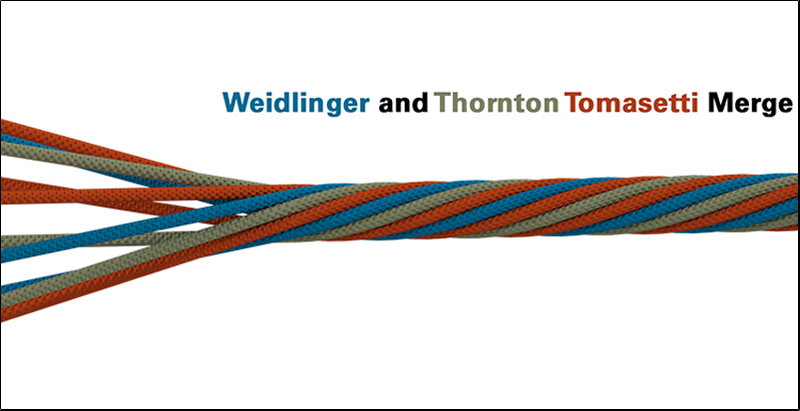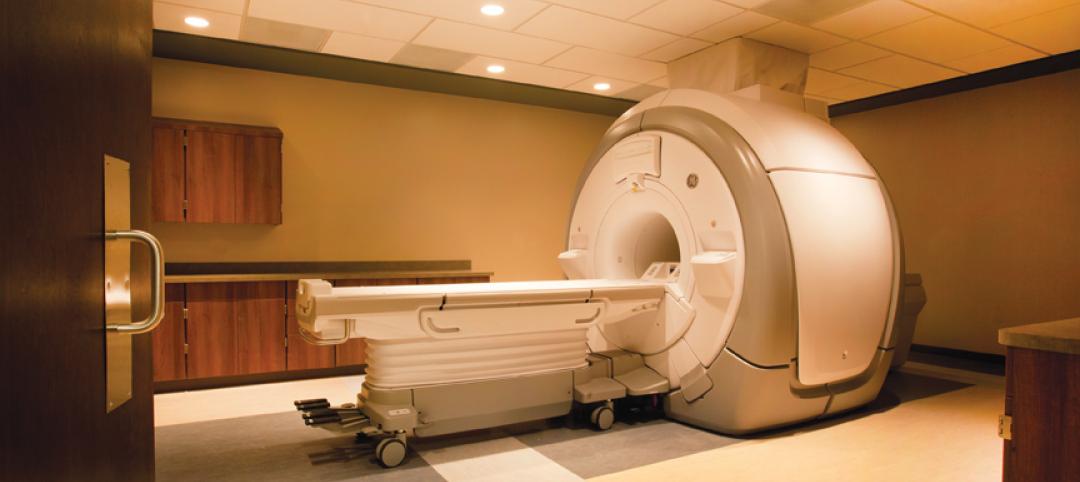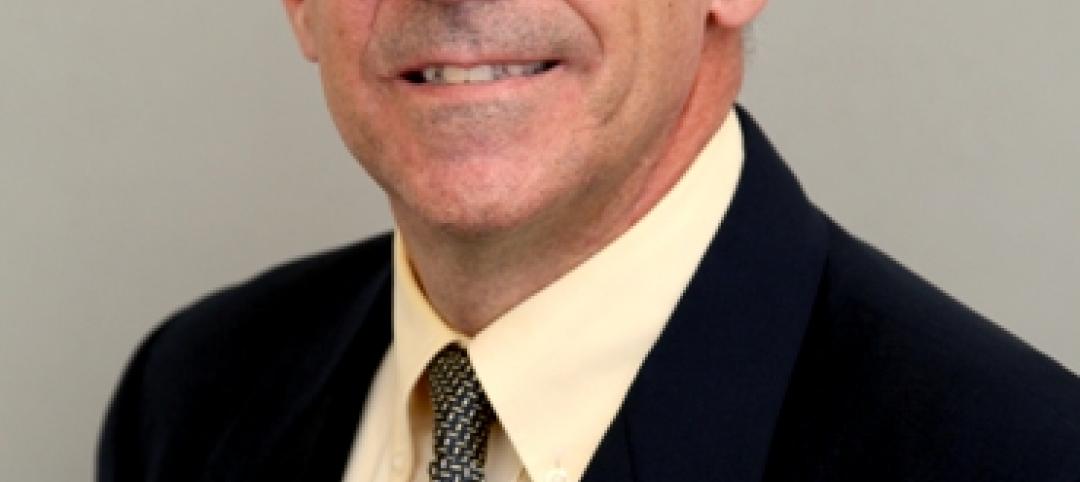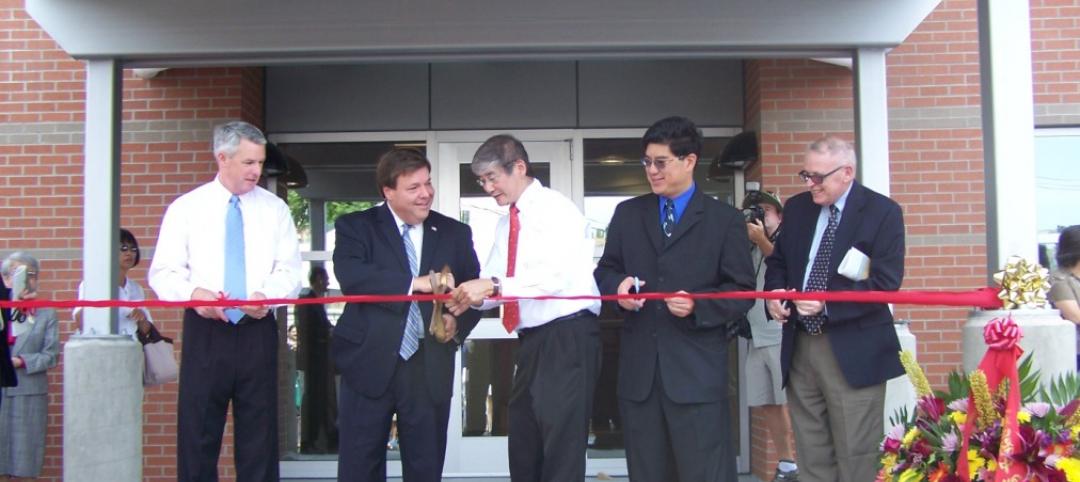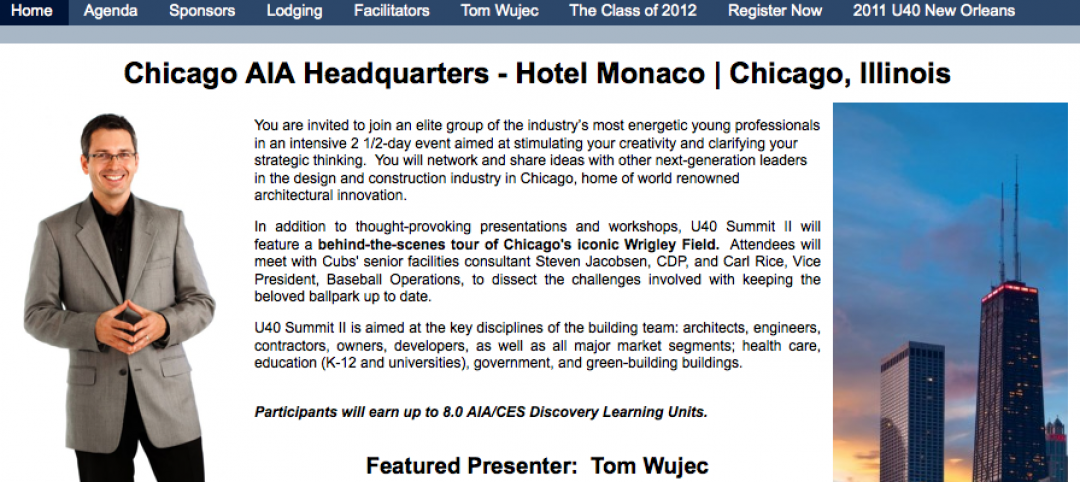Thornton Tomasetti, the industry’s third-largest engineering/architectural firm, has joined forces with Weidlinger Associates through a merger whose goals include cultivating a broadly based global practice that focuses on innovation, research, and development.
The combined company remains based in New York, and will operate under the name Thornton Tomasetti. However, the Weidlinger brand is sticking with three of the combined company’s 10 practices—applied sciences, protective design, and transportation—to leverage that brand’s already established recognition among customers.
While the terms of the merger were not disclosed, the Wall Street Journal reports that this transaction will be completed through an exchange of stock.
Jim Kent, a company spokesman, tells BD+C that all of Weidlinger’s senior-level management team are staying on, including Ray Daddazio, Weidlinger’s CEO, who will serve as Co-president of Thornton Tomasetti with Robert DeScenza until the end of 2016, at which point DeScenza plans to retire. Two of Weidlinger’s board members will join Thornton Thomasetti’s board of directors.
Thornton Tomasetti and Weidlinger already have experience developing products and services for the industry. These include PZFlex, an ultrasound product for the medical field that emerged from a seismic shock simulation product Weidlinger had developed for the federal government in the 1990s.
“Combining our firms [creates] significantly greater potential for growth and innovation than either firm could achieve alone,” says Thomas Scarangello, Thornton Tomasetti’s Chairman and CEO. “Our more-diverse merged expertise allows us to address a wider range of client needs, while offering enhanced breadth and depth of services and extended geographic reach.”
A key component of this merger will be the formation of an R&D holding company to develop innovative products and services for the company, as well as for other firms. Weidlinger also has strong connections as a government contractor in both the U.S. and the United Kingdom.
The combined company has 1,200 employees working in offices in 34 cities. (There had been relatively little competitive overlap between the two firms before this deal.) The Journal, quoting company officials, reports that the company is projected to generate about $240 million in revenue this year.
When asked about the timing of this merger, Daddazio tells BD+C that he and Scarangello, who have known each other for years, had dinner during the Construction Industry Roundtable conference in Florida last October. Scarangello told Daddazio about his company’s plans for the next five and 20 years, “and a lot of those goals resonated with me, especially when one of the first things he said was ‘we bet the farm on innovation.’ This is what Weidlinger has been about, with applied sciences and pushing the envelope.”
Weidlinger, he says, had previously spoken with several other firms about the possibility of mergers, but combining with Thornton Tomasetti had the potential for being a good fit, especially after a dinner meeting attended by the senior leaders of both companies last January, which Daddazio says went well enough to lead to more in-depth discussions.
Thornton Tomasetti and Weidlinger already have experience developing products and services for the industry. These include PZFlex, an ultrasound product for the medical field that, Daddazio explains, emerged from a seismic shock simulation product Weidlinger had developed for the federal government in the 1990s. “That product represents a couple million dollars in licensing revenue, and could be exponentially larger, now that we have a bigger platform to exploit.”
The same is true of tuned mass dampers that Thornton Tomasetti has developed with NASA, which are also being applied to reducing movements in skyscrapers.
Daddazio, who has been with Weidlinger since 1979, and was its President and CEO since January 1996, holds a doctorate from Columbia University’s School of Engineering and Applied Sciences. In his new role at Thornton Tomasetti, Daddazio expects his immediate focus will be to make sure the integration—which both companies’ boards and shareholders approved unanimously—goes as smoothly as possible.
“We’re really excited about this, and making it work,” says Daddazio.
Related Stories
| Sep 7, 2012
7 Do's and Don'ts for PV roof rack installation
As PVs grow in popularity, nearly half of all installations require roof rack systems. Our expert tells how to do the job right and protect your client’s roof.
| Sep 7, 2012
Net-zero energy pioneers on the el-hi frontier
Getting to net-zero is not easy, but the promise of eliminating energy bills and using state-of-the-art technology as a learning lab can make a compelling case to reach for net-zero.
| Sep 7, 2012
Healthcare architects get a preview of tomorrow’s medical landscape
The topic on everyone’s mind was how the Affordable Care Act would impact healthcare design and construction––and whether the law would even make it past the coming election cycle.
| Sep 7, 2012
Suffolk awarded One Channel Center project in Boston
Firm to manage $125 million, 525,000-sf office building project.
| Sep 7, 2012
Lucile Packard Children’s Hospital breaks ground on expansion
Sustainability and nature at the heart of the new addition at the Stanford University Medical Center designed by Perkins+Will.
| Sep 5, 2012
Pagano joins Thornton Tomasetti as Vice President in Newark office
Pagano is a Certified Energy Planner and Certified Energy Manager through the Association of Energy Engineers.
| Aug 29, 2012
BOND completes South Cove Community Health Center
$11 million, 21,000 square foot community health center opens in Quincy, Mass.
| Aug 29, 2012
Mamayek joins HDR as Design Principal in Boston
He will work closely with the Executive Committee and business group leaders to expand and promote HDR’s Design Excellence initiatives in the Northeast region.
| Aug 21, 2012
Under 40 Leadership Summit slated for October 3-5 in Chicago
Attendees will be given an exclusive technical tour of Wrigley Field, led by Steven J. Jacobsen, CDP, who has been retained by the Chicago Cubs to create the business plan and high-level concepts to evaluate the feasibility of various renovation options for this iconic sports venue; and Carl Rice, Cubs’ Vice President, Baseball Operations.


